George Washington Bridge
The George Washington Bridge is a suspension bridge that connects the West side of Manhattan with New Jersey, crossing the Hudson River around 179th street. The design features a 3,500-foot-long main span and two 630-foot side spans. The GWB was designed by Othmar Ammann and opened on October 25, 1931. A lower deck was added along with redesigned approaches that were completed August 29, 1962.
The area underneath bridges is often a scene of neglect with vestiges of earlier incarnations and failed plans. The GWB is no exception. There is a completely open pathway that leads under the Henry Hudson parkway and provides unrestricted access to the wild area by the Hudson River. On the day I visited, there was a cock calmly strutting under the highway - probably an escapee from a live poultry shop or clandestine cock fighting establishment.
Under the northbound highway is a spooky ornate stairway and abandoned fountain that were probably part of the park that existed here before the bridge was built. The top of the stairway dead ends into the highway. On the day I visited there appeared to be someone on the shoulder of the highway urinating. I didn't stay to investigate further.
The Little Red Lighthouse is located under the GWB on the Manhattan side. For more information, see my Fort Washington Park page.
The GWB bus terminal was built when the lower deck was added to the bridge in 1962. The building was designed by Italian architect Pier Luigi Nervi and and opened January 13, 1963. The building is constructed of steel-reinforced concrete trusses that are cantilevered from supports in the median of the Trans-Manhattan Expressway that passes underneath the station with traffic from the bridge. It is a surprisingly well-preserved relic of dreary modernist architecture, aided in it's endurance by the fact that very few Jersey residents want to take a 30-minute bus trip and still have a 30-minute subway ride to their final Manhattan destination.

George Washington Bridge

George Washington Bridge
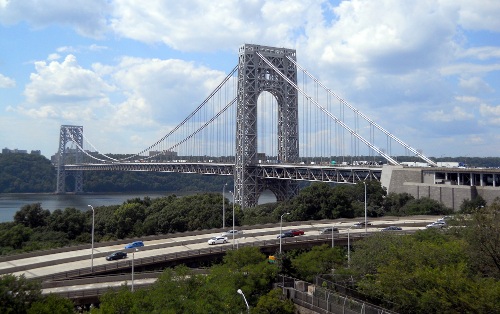
George Washington Bridge

Sunset view from the north in Inwood Hill Park

Morning view from the south in Riverside Park
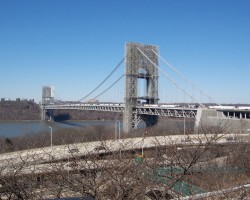
Standard photo view from a park SE of the bridge
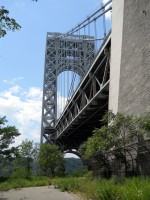
View from northeast

Airplane shot
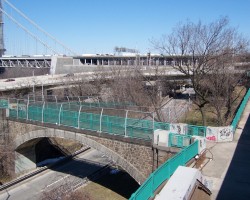
George Washington Bridge

George Washington Bridge
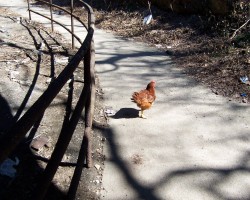
Puente con Pollo
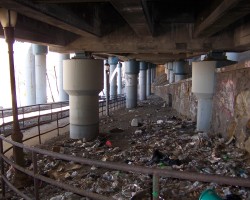
George Washington Bridge

George Washington Bridge
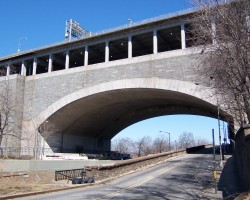
George Washington Bridge
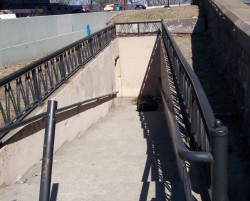
George Washington Bridge
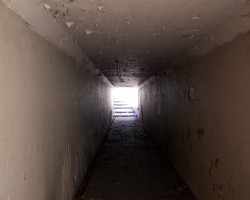
George Washington Bridge

George Washington Bridge
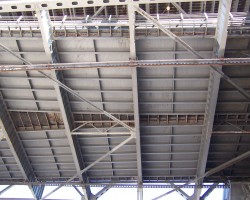
George Washington Bridge
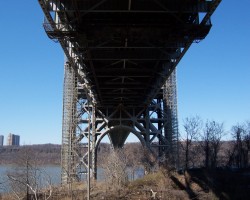
George Washington Bridge
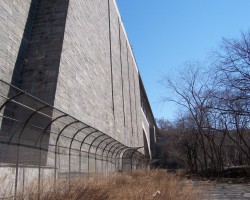
George Washington Bridge

Homeless
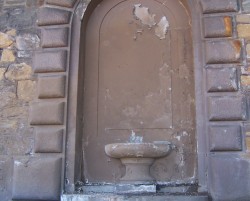
George Washington Bridge
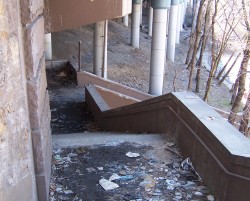
George Washington Bridge

George Washington Bridge

View from the south
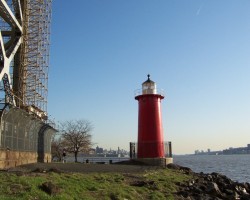
View from the north

View from the south

GWB Bus Terminal
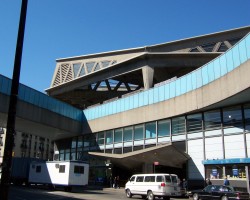
GWB Bus Terminal

GWB Bus Terminal
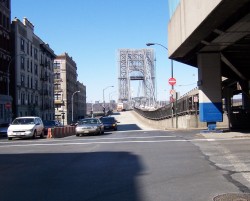
GWB Bus Terminal
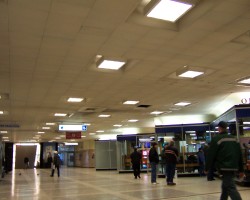
GWB Bus Terminal

GWB Bus Terminal
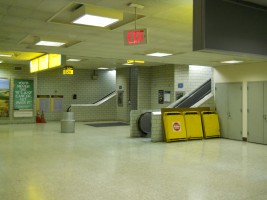
Escalators to lanes 20/21

Stairs to lanes 23/24

Bus lanes

Bus lanes

Bus lanes ceiling
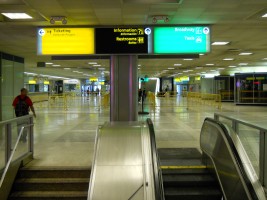
Waiting room

George Washington bust
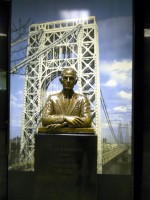
Othmar Amman bust